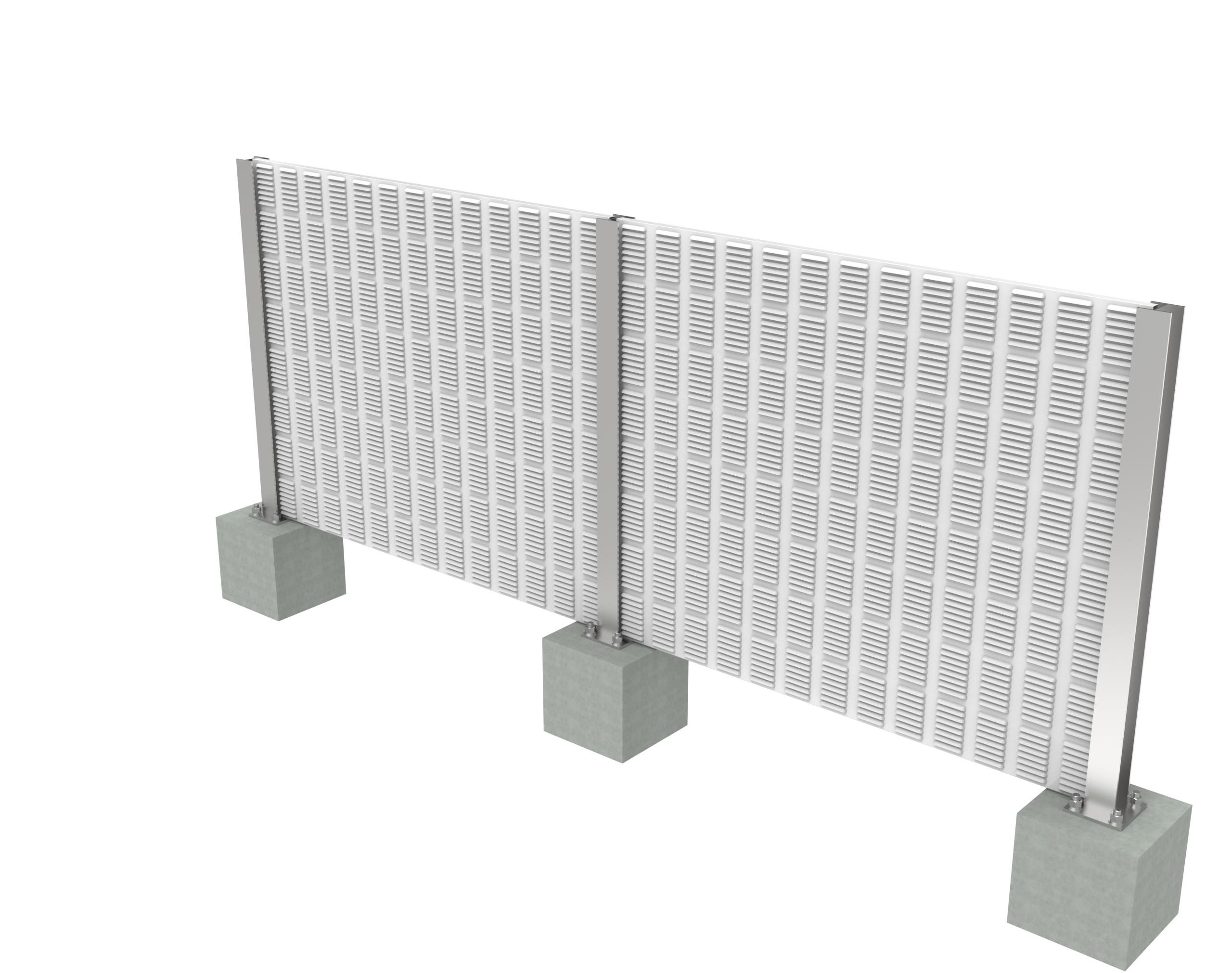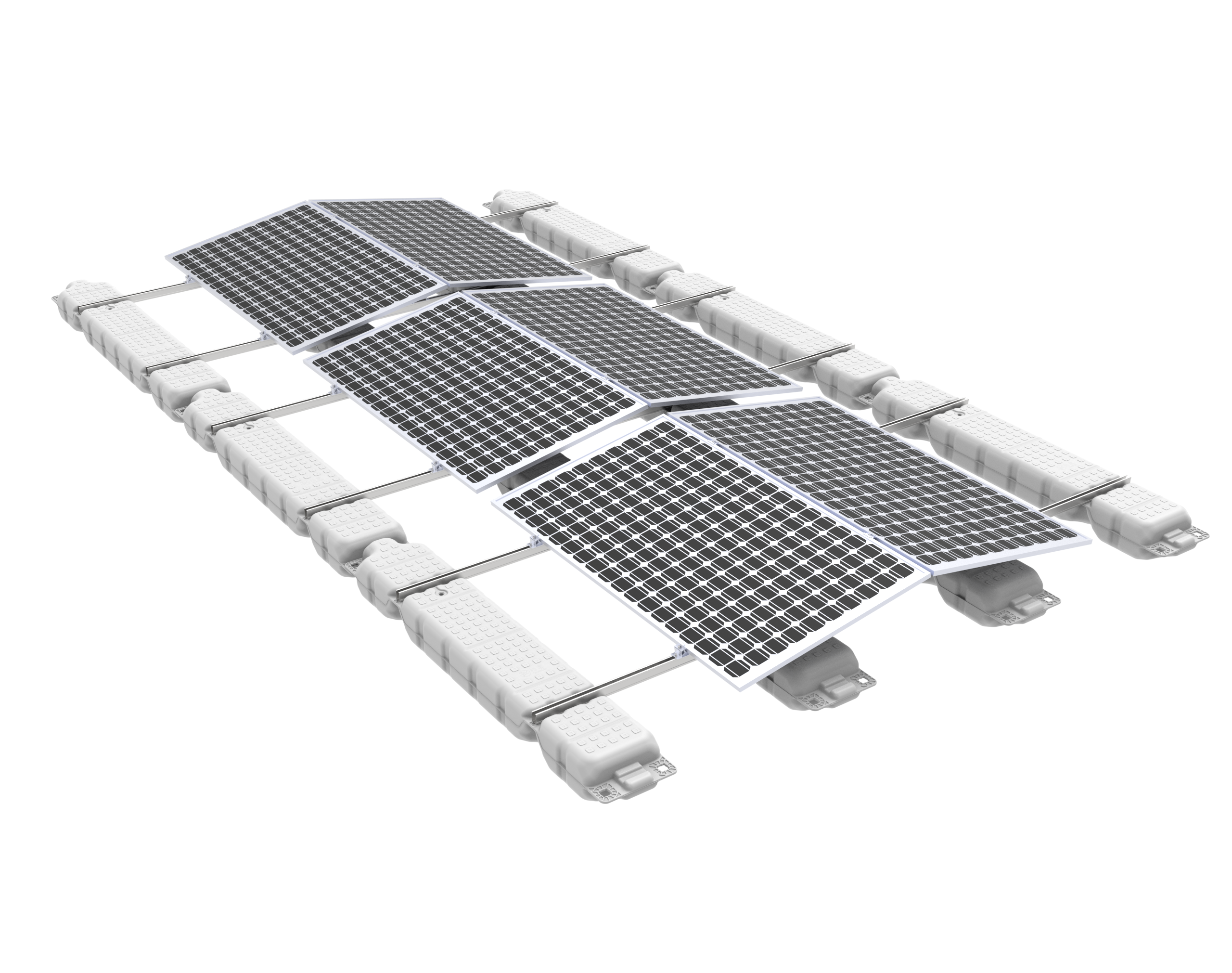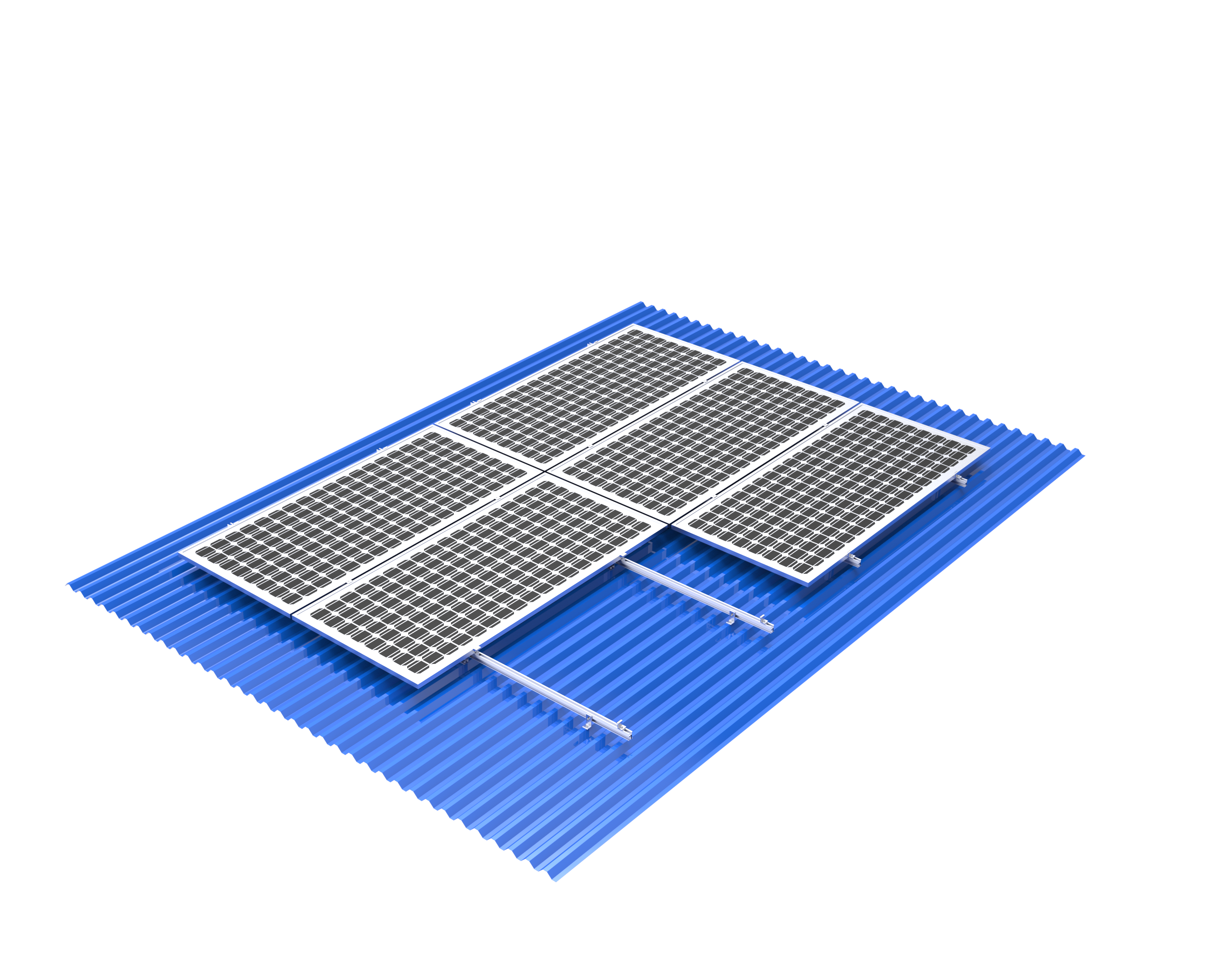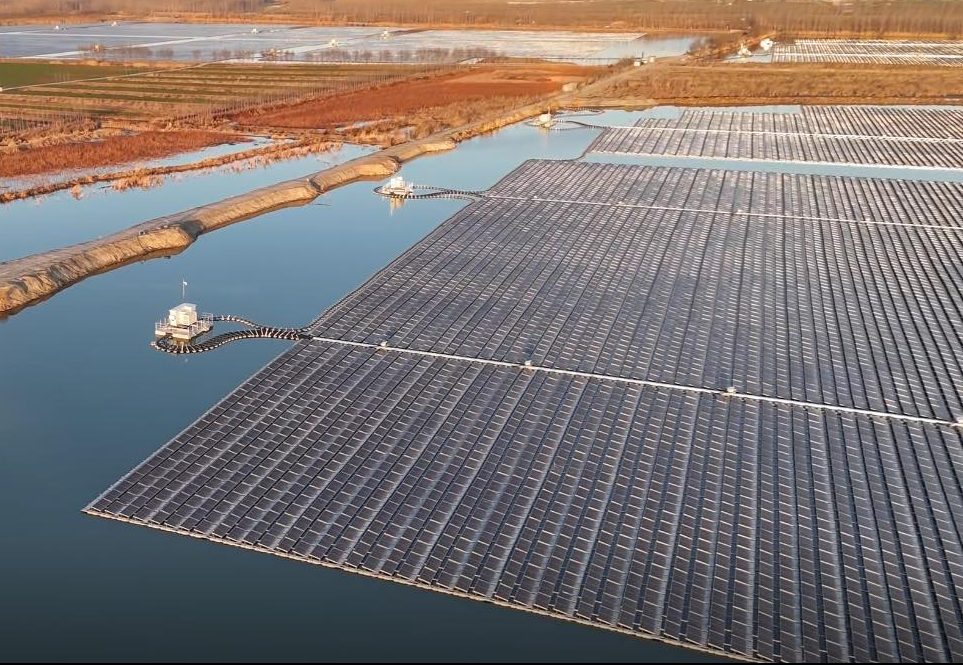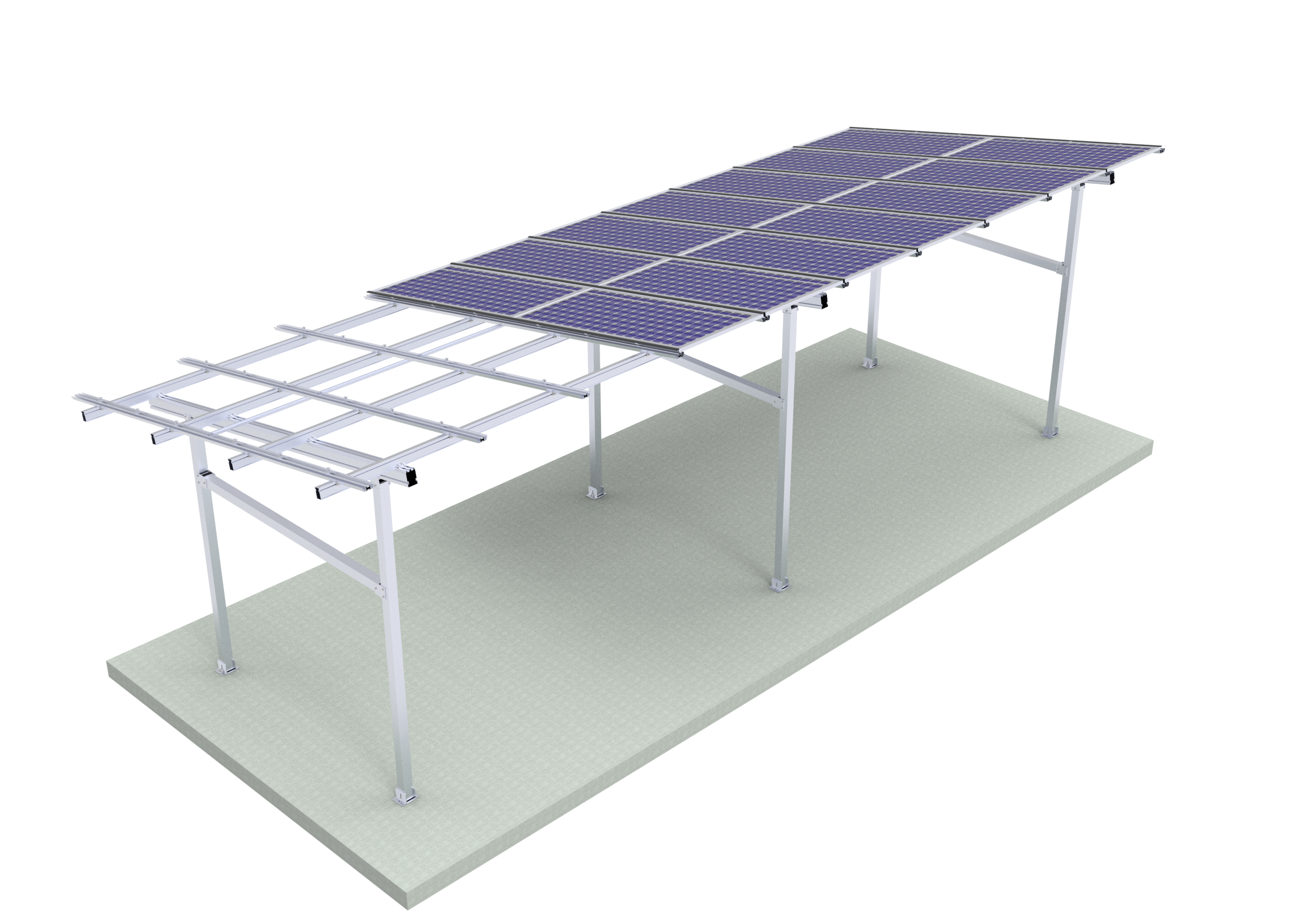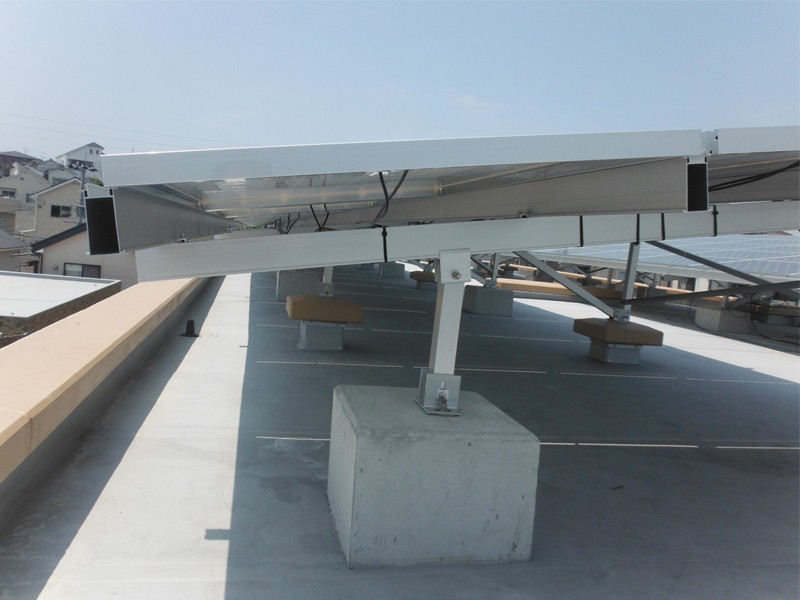After every major storm or blackout there is a surge in residential solar installations. Can utilities adjust their business models to take advantage of the move to rooftop solar and storage? What should utilities do to avoid the 'death spiral?
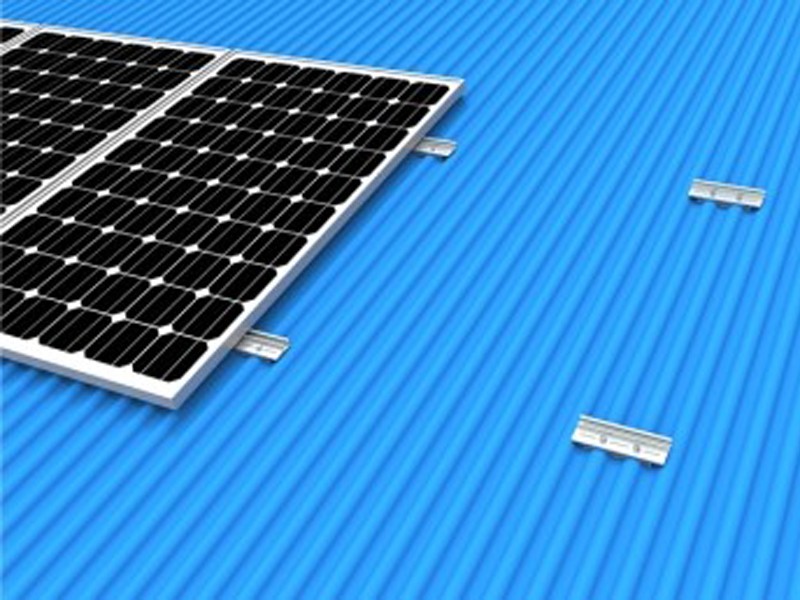
No one can predict the future and we all agree that long term projections should be viewed with cautious optimism. One prediction you can count on occurs after every extreme weather event. More and more people seek independence from the grid by going solar. After disasters in Australia, California and Puerto Rico a surge in residential solar installations was seen. In Texas, the week after the storm one company reported new user registrations had spiked 335%. Once customers become more energy efficient they will need less energy from the grid and as more customers rely on outside sources for electricity, utilities are forced to raise rates.This pushes customers toward alternative options, in turn starting the whole cycle again. Also known as the death spiral, analyst have voiced this concern for years.
Utilities stand to lose tens of billions of dollars to solar if they make no changes to their business model, according to the Rocky Mountain Institute (RMI). An analysis of the northeastern US by RMI found that by 2030, nearly 10 million utility customers could get most of their power from solar, inflicting losses of $15 billion. If left unchecked, changes in high quantity could cause utilities to lose a great deal of revenue. Revenue needed to upgrade the grid. It is estimated that decarbonizing and modernizing the US’s existing electricity plant could cost $7-8 trillion. Electricity suppliers would need up to 20 years to complete the job, equalling $350-400 billion per year. Currently, they spend about $150 billion per year.
How can utilities adjust their business models to take advantage of the exodus to rooftop solar and storage? Back to being cautiously optimistic, utilities could use this as an opportunity to lead the way in the solar-plus-storage energy market. The potential is there. According to Berkley’s 2035 Electric Decarbonization Modeling Study, the electricity demand in the US is expected to increase by up to 13% by 2035. Can utilities reinvent themselves and manage the flow of electrons between thousands of interconnected solar panels, batteries and EV’s. Could residential solar rooftops providing energy and services to the grid become the new business model for utilities?
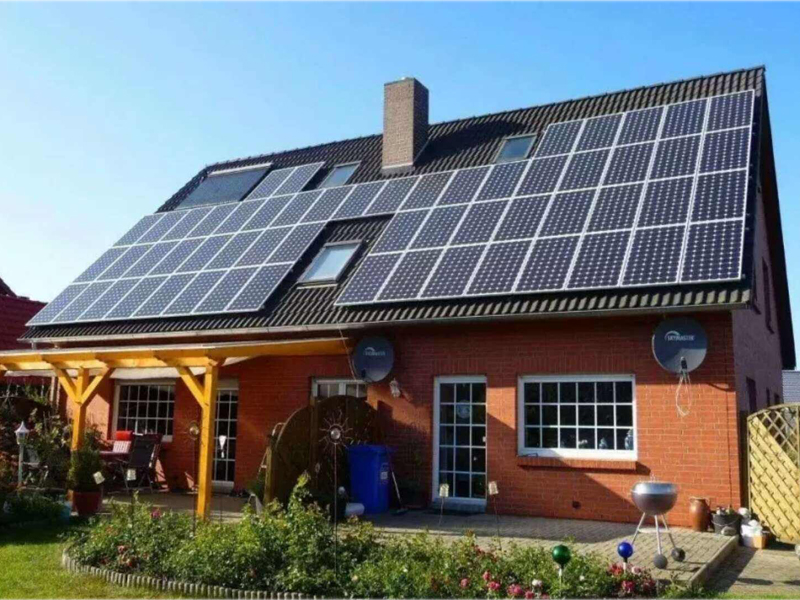
“There’s a lot of money on the table if we get this right,” said Mark Dyson, a principal electricity researcher at RMI. “Instead of earning money only by getting a return on equity, utilities could earn even more if the invested capital produces useful customer outcomes.” A recent report by the US National Academies of Sciences, Engineering, and Medicine titled, The Future of Electric Power in the United States, lists several recommendations to the sector. Among them is the need to facilitate innovations in technology, policy, and business models relevant to the power system.
It also recommends federal and state support for social science research and analysis related to technology, policy, and business models. One collaboration I’m eager to see is enhanced experimentation and information sharing on innovations in those areas. The transition is possible but much of their success would depend on the cooperation of others. For example, transparent pricing could encourage energy efficient consumer behavior but it's not guaranteed. Increased support from lawmakers could accelerate improvements. Also, if regulators allowed utilities to set rates based on pre-designated targets then perhaps greater strides could be made to implement a new model.
“No one can predict precisely what the electricity system will look like several decades from now, but there are a number of technical advances and regulatory changes that would facilitate a variety of developments for the electric power system.” M. Granger Morgan, Hamerschlag University professor of engineering at Carnegie Mellon University, continued, “It is our committee’s hope that, over the decades to come, this report will help to make America’s critically important electric power system safer and more secure, cleaner and more sustainable, more affordable and equitable, and more reliable and resilient.”
What are your thoughts on the 'future of electric power in the United States?' What changes to your utilities’ business model have been successful in the recent years? And, what should utility companies do to avoid the 'death spiral?'

